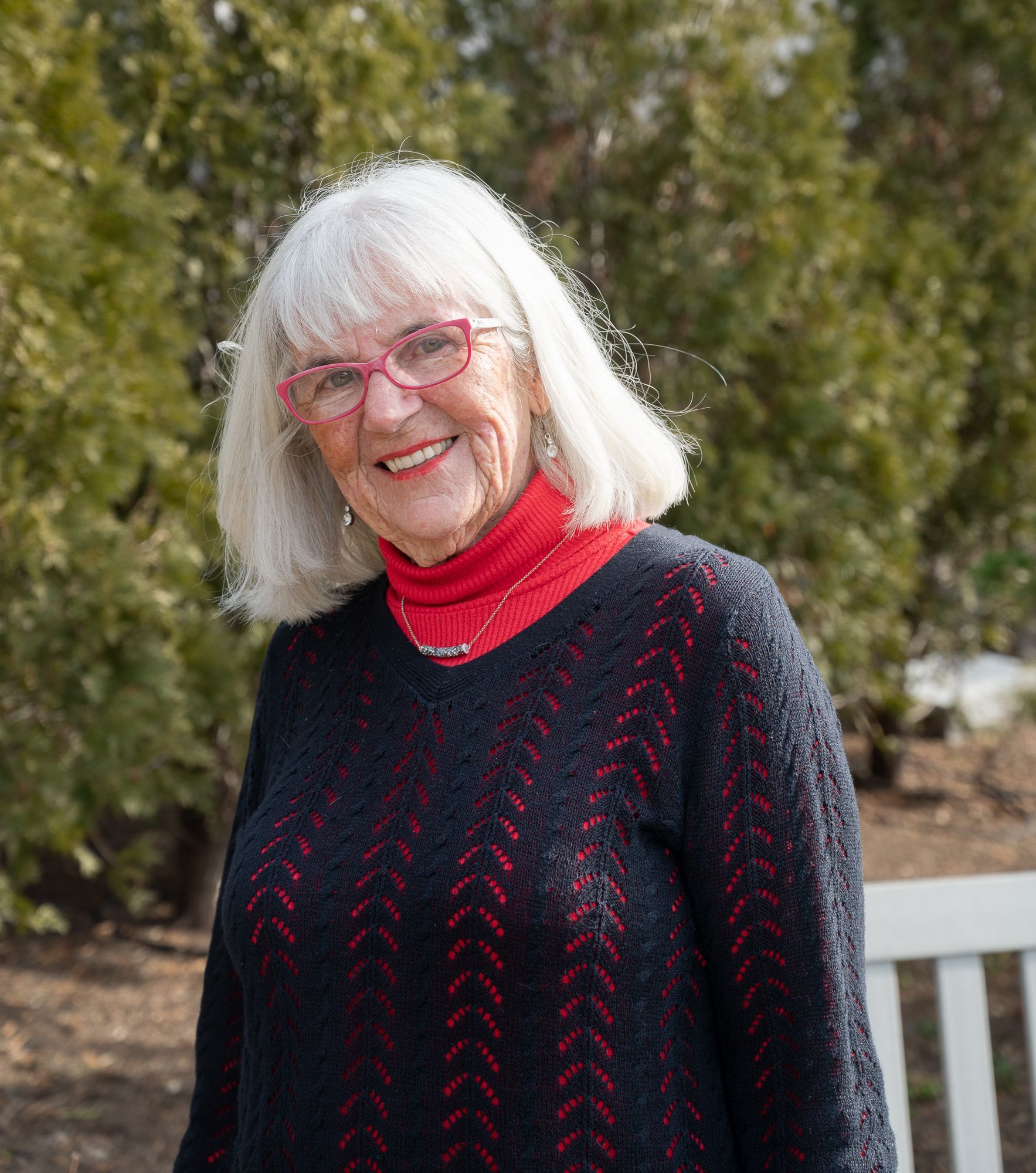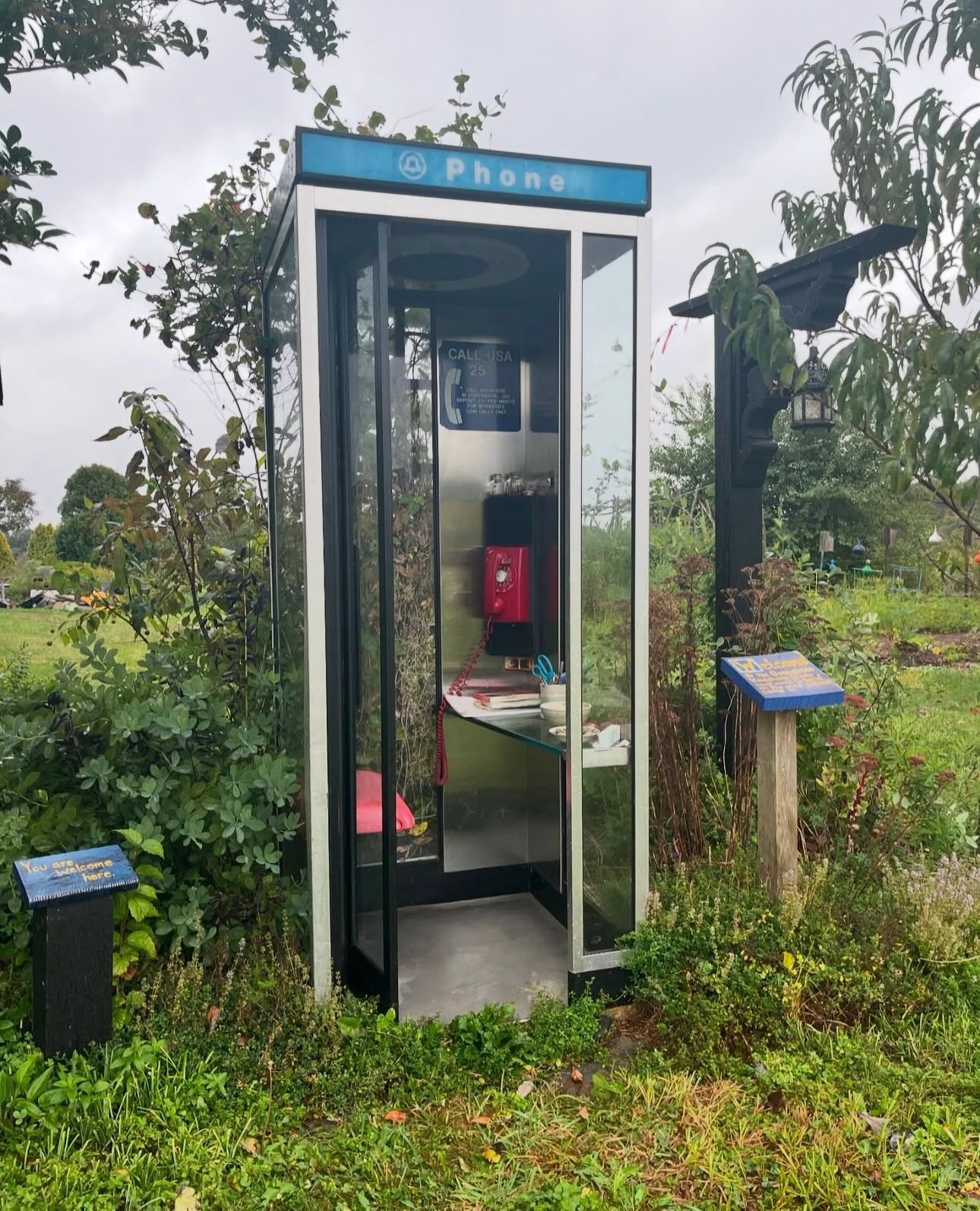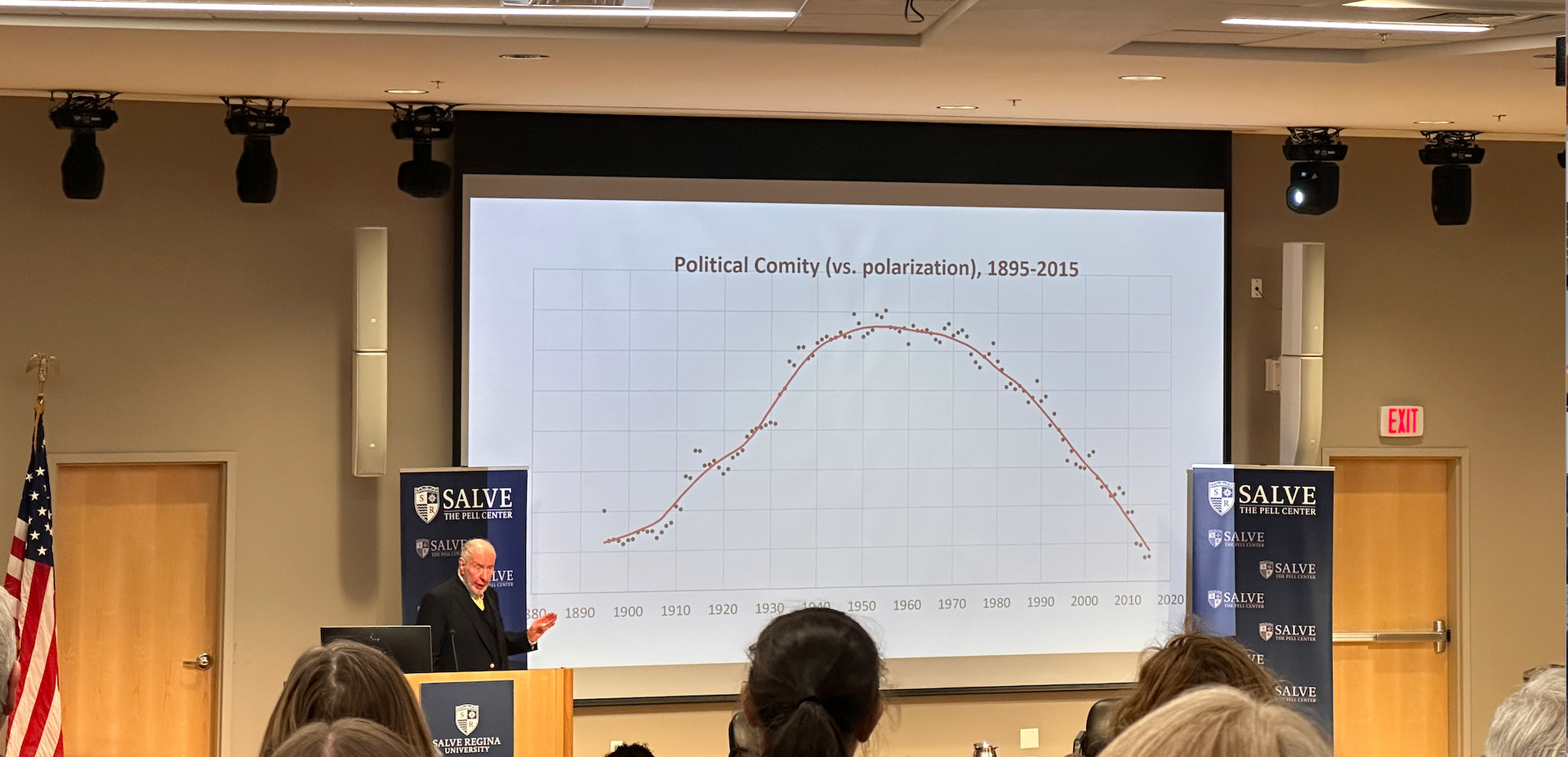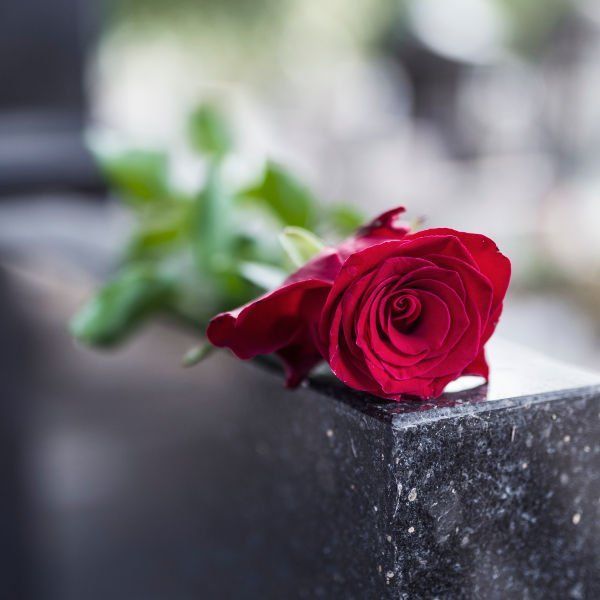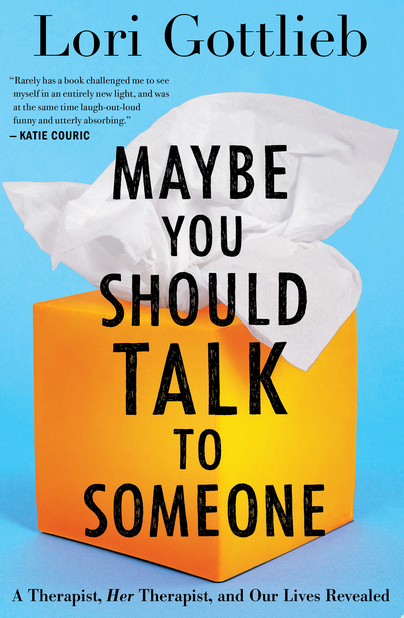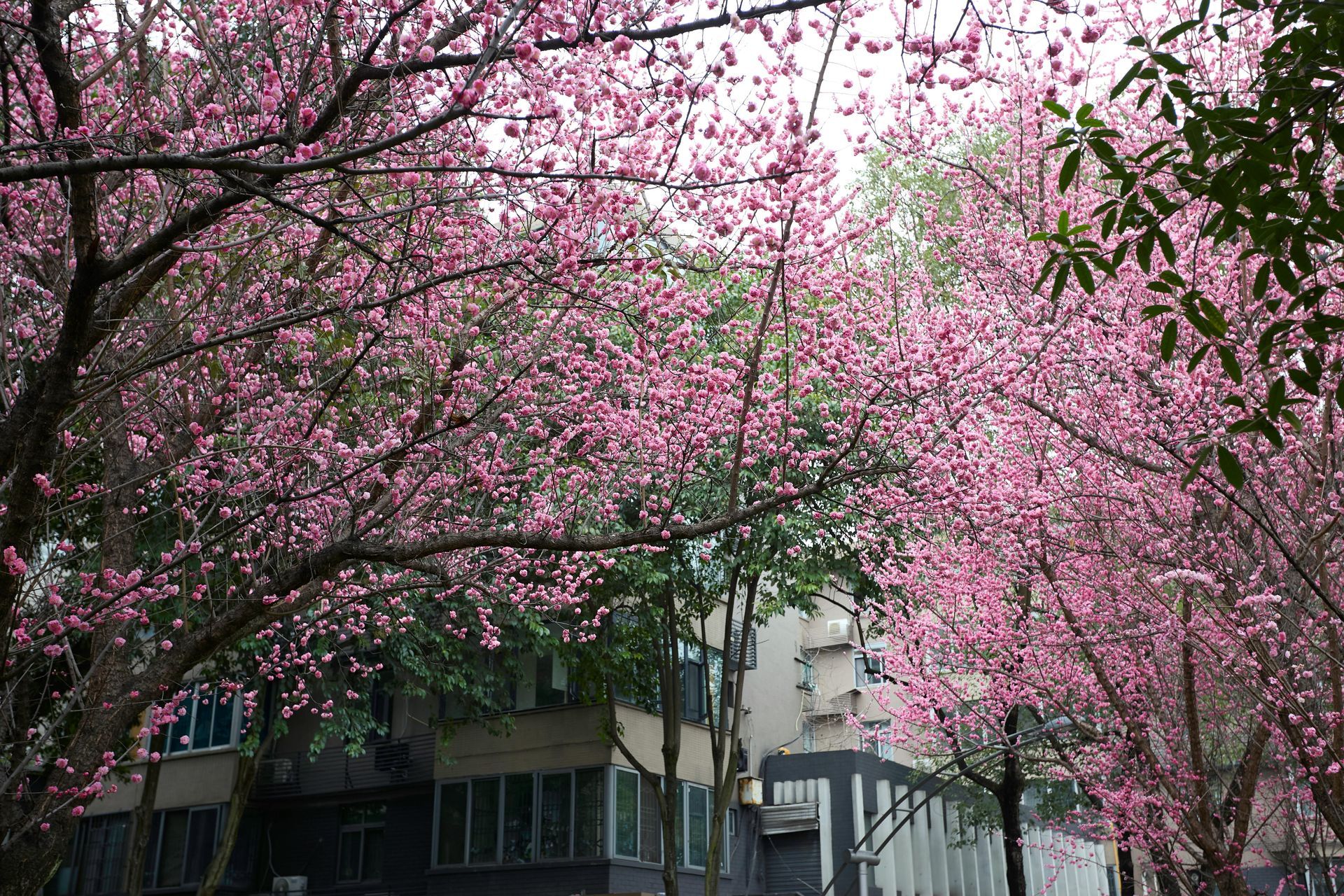Taking a look at funerals around the world
There’s no definitive answer on when, exactly, humans started to bury their own people–spouses, siblings, parents–because burial sites were hardly preserved.
Some of the earliest examples of human burials are believed to have occurred between the Middle Paleolithic 300,000 years ago in what is now South Africa to Qafzeh Cave in what is now Israel 120,000 years ago.
What we do know is that burials have evolved and families around the world started to honor the dead in their individual ways. What may seem shocking to some, is comfort for another.
Ainu, Japan
The Ainu people, who were colonized by Japan in the 18th century, believe that a life force or ramat lives in everything–objects, plants, animals. While ramats would reincarnate life after life, human spirits remain the same after death.
Because of these beliefs a dying Ainu person would be dressed in white while lying as close to the hearth of
Kamuy Fuchi, a passageway for souls to cross to the afterlife. Family members will place meaningful objects around the ailing person as offers to influence their property in death.
The funeral is a joyous celebration where people chant and tell stories. Family members will begin ripping, denting, snapping objects in order to release the ramat for the deceased, before carrying the body to an isolated burial site.
Ghana
A tourist might see a billboard for a funeral while walking the streets of Ghana.
Ghanaian funerals are known for vibrant commemorations among dozens, if not hundreds, of people gathering to send off the newly departed. The occasion, that is hardly ever somber, could last for days and cost up to $20,000.
The bereaved family hosts mourners who arrive in black and red traditional funeral clothing to eat, drink and dance. Like birthdays or weddings, funerals are known to be a social event to gather and celebrate. “Funeral tourism” has been a budding industry in Ghana for years.
Even the caskets share a bit of cheekiness as a symbol for the person’s life before dying. Someone who owns a Mercedes Benz may want a coffin shaped like the popular German-made vehicle. A local singer might be buried in a human-sized microphone. Or for those looking for a bit more spice, one could be buried in a red chili pepper.
Guizhou, China
Contemporary Chinese funerals have an emphasis on feng shui, offerings for the departed soul, eulogies and a funeral procession. Every April, Chinese families celebrate their passed loved ones at the Qingming Festival.
But traditions dating back in the Guizhou province in southwestern China pique more interest. Explorers have looked up and awed at the hanging coffins dotting the valleys of the Yangtze River for decades.
There’s no obvious reason why the coffins were hung dozens of meters high. The oldest are said to date back almost 3,000 years and experts are still stumped on how ancient people managed to transport the coffin, body and funeral objects to the cliff caves.
Haiti
Haitian funerals can often have a mix of Christian and Voodoo death rites like having both a priest and a croque-mort advising the bereaved family. A croque-mort, French for “dead-biter,” is a Voodoo undertaker who will provide the family with a list of items needed in the coffin to ensure a safe pathway to the afterworld.
Voodoo practitioners, nearly half of the Haitian population, believe the soul lingers for about a week after the biological death. A Voodoo priest or priestess, known as a
Houngan or
Mambo respectively, releases the soul into dark water for a year and a half, before another ritual called the “Rite of Reclamation.”
On this day the soul transferred into a clay jar called a
govi
to be broken in a ritualistic way, sending the soul into the afterworld with other ancestral spirits. It is believed the soul makes its way back to a family or friend.
India
The third most-practiced religion in the world, Hindiusim, believes that not only are spirits reincarnated back to the physical earth, but that eventually the soul will become one with Brahman, meaning the eternal and supreme “divine consciousness.”
While customs vary across the second-largest country in Asia, many practice similar Hindu funeral rituals known as
antyesti.
Cremation, or
mukhagni, allows the physical body to return to one its original elements: earth, air, water, fire and space. Therefore Indian mourners believe cremating within 24 hours of death enables the soul to be released quickly to its next journey.
Before cremation, family or friends will prepare the body with essential oils to the head and a combination of yogurt, milk, ghee and honey everywhere else. The body is dressed with a white sheet over their hands tied in a prayer position and their big toes bound together. Burials are also an option for Indian families and often follow a similar process.
Flowers and rice balls are left near the open casket or urn for 12 days, as friends and family come to visit, pray and chant with the newly departed.
Indonesia
Troajan death rituals in Indonesia do not represent saying goodbye, but rather a continuation of the departed protecting their families.
Families will hold on to the body of the recently passed and preserve it in their homes for up to years as they save money for an extravagant death ceremony. The spirit will roam earth until the ceremony that will set them off to
Puya, the land of the spirits. More elaborate funerals could last for almost two weeks and sacrifice dozens of Buffalo and pigs.
Every couple of years the bodies are exhumed by family and cleaned before donning a new outfit. This part of the ritual shows a sign of respect for the deceased as their spirit continues to protect the family.
Madagascar
In the central hills of Madagascar tribes gather to exhume their ancestors from the crypts and dress them in new silks and lightweight fabrics.
The ritual known as
famadihana
or “turning of the bones” is performed every five to seven years in order to silence the spirits who appear in a senior descendant’s dreams–complaining they are cold and need new clothes. This region in Madagascar believes that ancestors are the hinge between humans and God.
The families in Merina and northern Betsileo do not believe in heaven or hell, but rather the soul is reincarnated into a life that is similar to the living. The spirit is not released to the next life until their bones have completely decomposed.
When someone dies in one of these tribes they are wrapped in silks and put in a temporary tomb with gifts, food and alcohol before sunset in order to avoid the negative powers of nightfall. The first time the bones are removed from the tomb years later they are brought out feet first, but after they are rewrapped, they are led back into the crypto head first to symbolize a new life.
Mexico
Mexico’s Dia de Muertos may be one of the most familiar funeral rituals globally, often shown in movies for its visuals of bright yellow flowers, altars dotted with candles and candy skulls among a crowd dancing to uptempo music.
The Day of the Dead is believed to be a Mexican tradition dating back before the settlement of Spanish colonizers in the 16th century. The ritual was likely influenced by the Aztec people of Mexico and is celebrated on All Souls’ Day attributable to the mixing of Spanish Catholic beliefs with Indigenous ones.
Families in Mexico and parts of the United States, Philippines and Brazil gather on Nov. 2 to place photos, food, drinks and small gifts on home altars to celebrate their ancestors. Because of the growing popularity of the ritual in films, Mexico City now has an elaborate Dia de Muertos parade donning large floats and dancers with bright costumes.
Sagada, Philippines
When a member of a Igorot family dies they are laid in a coffin often carved by themselves. If they are too weak to carve out a log, their family member will help prepare the casket made of timber and paint it.
Before the deceased is laid in the coffin it is tied to a chair and smoked to delay rotting as loved ones come to visit the corpse. The body was wrapped in rattan leaves and eventually moved to a coffin, then carried by the family to the rocky cliffs of Sagada’s Echo Valley.
While hanging coffins is an ancient ritual going back more than 2,000 years in parts of China and Indonesia, the Filipino village is unique in that it still practices the tradition today.
Sicily, Italy
Sicilians follow Roman Catholic rituals when it comes to burying their dead, but each part of Italy commemorates differently.
When someone in a Sicilian village dies the funeral rites are expected within the next two days most. A room is prepared in the home to place the corpse for visitation, sometimes on a kitchen table if there is no other place for people to come and kiss the body. Doors are left ajar so the soul does not remain trapped.
During the burial, the body is put in a coffin and is traditionally carried to the town’s church as a procession follows. At the church a Catholic mass is performed and at the burial site the family is met with condolences from visitors.
A mass is held to commemorate the deceased one month and one year after their death.
Sweden
Decades before a Swede may die naturally they are already preparing for their death.
The practice
dostadning tackles the fact that when humans die they leave behind a lot of material stuff. Death cleaning is started in a person’s 50s and begins to declutter items that are unessential in order to minimize their life before death.
The Swedes are known for being private people, so it’s not surprising that their ceremonies are small gatherings. Traditionally family members wore a white tie around their arms to signify their proximity to the dead and their grief.

